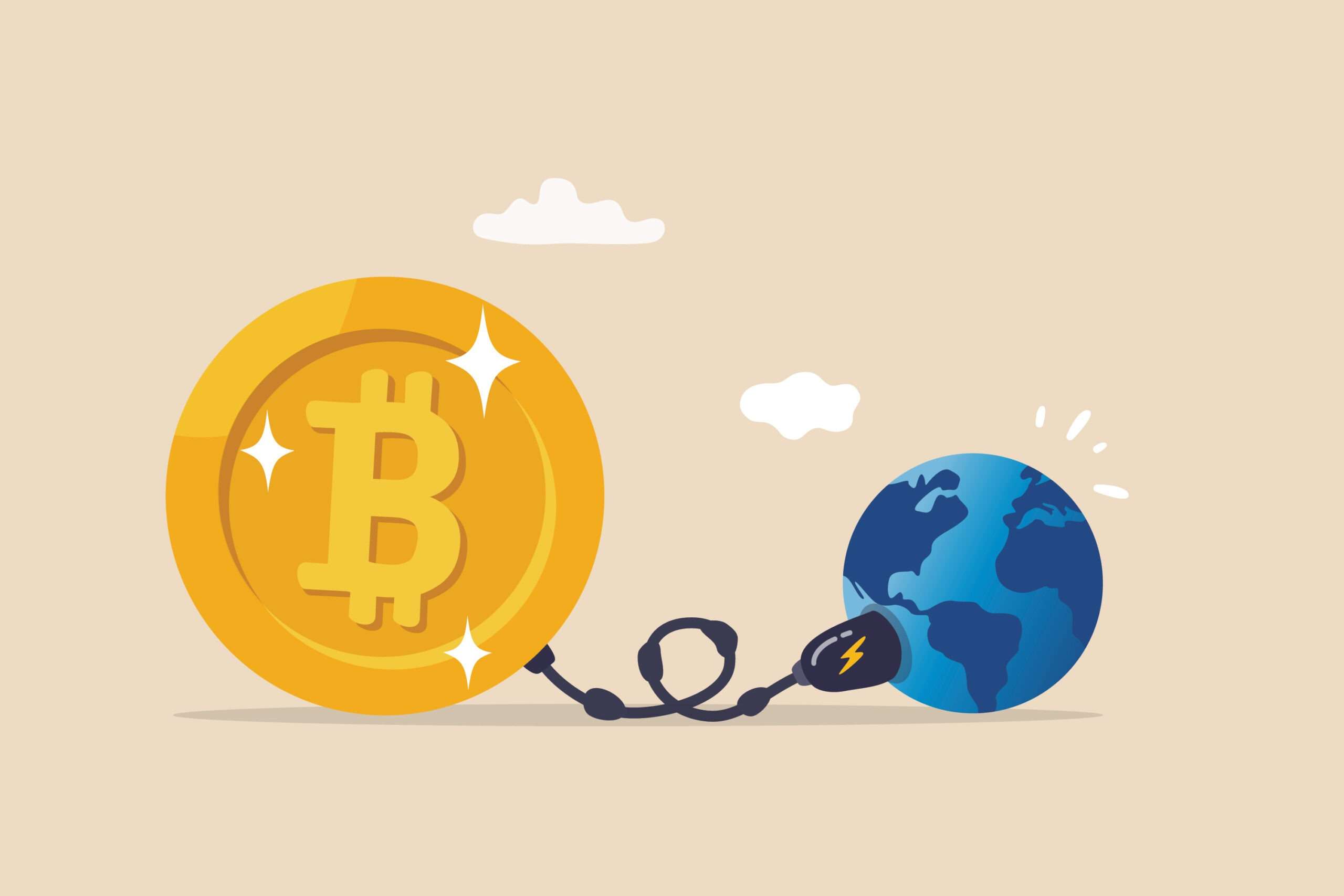If you have ever taken a deep look at a Bitcoin chart, even for a few minutes, you’ve probably noticed something odd. The price doesn’t just move—it jumps. One minute, it’s climbing fast; the next, it’s crashing just as quickly. That kind of movement is called volatility.
When it comes to Bitcoin, volatility is what makes trading exciting but also what makes it dangerous. So, what causes these price swings? And how do people deal with them?
With a volatile asset like Bitcoin, the price can change dramatically in a short period, moving up and down frequently. Something that is not very volatile, like a government bond, will move slowly and gradually.
Bitcoin is one of the most volatile assets you can buy or sell. It can go up or down by 10% or more within a day. That sounds like a fantastic way to get rich quickly, but it is also a swift way to be liquidated.
Why Is Bitcoin So Volatile?
There isn’t just one reason. It’s a mix of things that all feed into each other. They may include:
Bitcoin is Still New
Compared to traditional money or gold, Bitcoin hasn’t been around long. That means people are still trying to figure out their way around it, let alone its worth. When a market is unsure, prices tend to move more wildly.
Smaller Market Equals Bigger Moves
The crypto market is much smaller than stock markets. That means one big trade, or even a rumour, can shift the price much more than in other markets.
News and Tweets Matter
Bitcoin reacts quickly to what’s going on in the world. A tweet from someone famous or news about a country changing its crypto rules can cause a price jump or a crash. The market doesn’t wait around. It reacts fast.
There’s Only So Much to Go Around
Bitcoin has a hard limit—there will only ever be 21 million. So when demand suddenly increases, there’s no way to “make more”. The price goes up fast. But if people get nervous and start selling? The cost can fall just as quickly.
How Do People Trade Around It?
Believe it or not, many traders like volatility. Big price swings mean chances to make money. But they don’t just dive in and hope for the best; they have strategies.
Some use stop-loss orders, automatically selling their Bitcoin if the price drops past a certain point, limiting their losses. Others look at price charts and trends, trying to determine when to buy or sell. Some trade often, while others sit back and wait for the right moment.
Historical Volatility Numbers
Bitcoin’s annualized volatility has historically ranged from 50% to over 150%, compared to around 15%-20% for stocks and less than 5% for government bonds.
Whale Influence
Around 2% of Bitcoin wallets control over 90% of the total Bitcoin supply. These large holders, or “whales,” can cause massive price shifts if they buy or sell in volume.
Is Volatility a Bad Thing?
Not really. It depends on what you’re doing. If you’re a long-term investor, the ups and downs can feel stressful, but they don’t mean much if you’ve been holding for a while (relative). If you’re a short-term trader, volatility is the whole point. It’s what creates opportunity.
The key is knowing your goal. Are you planning to hold on for the long term, or are you just looking for short-term gains? Either way, you’ve got to manage your risk and not get caught up in the drama.
So whether you’re just curious about crypto or thinking about trading, remember this: Volatility is just part of the ride. The trick is learning how to stay in your seat and remain profitable.
Scarcity Drives Hype
Bitcoin’s “halving” event happens every 4 years, reducing the number of new bitcoins created. Historically, halvings have triggered bull runs, adding to the volatility.
Image Source: Adobe Stock
Disclaimer: This article is purely for informational purposes. It is not offered or intended to be used for legal, tax, investment or financial advice.












